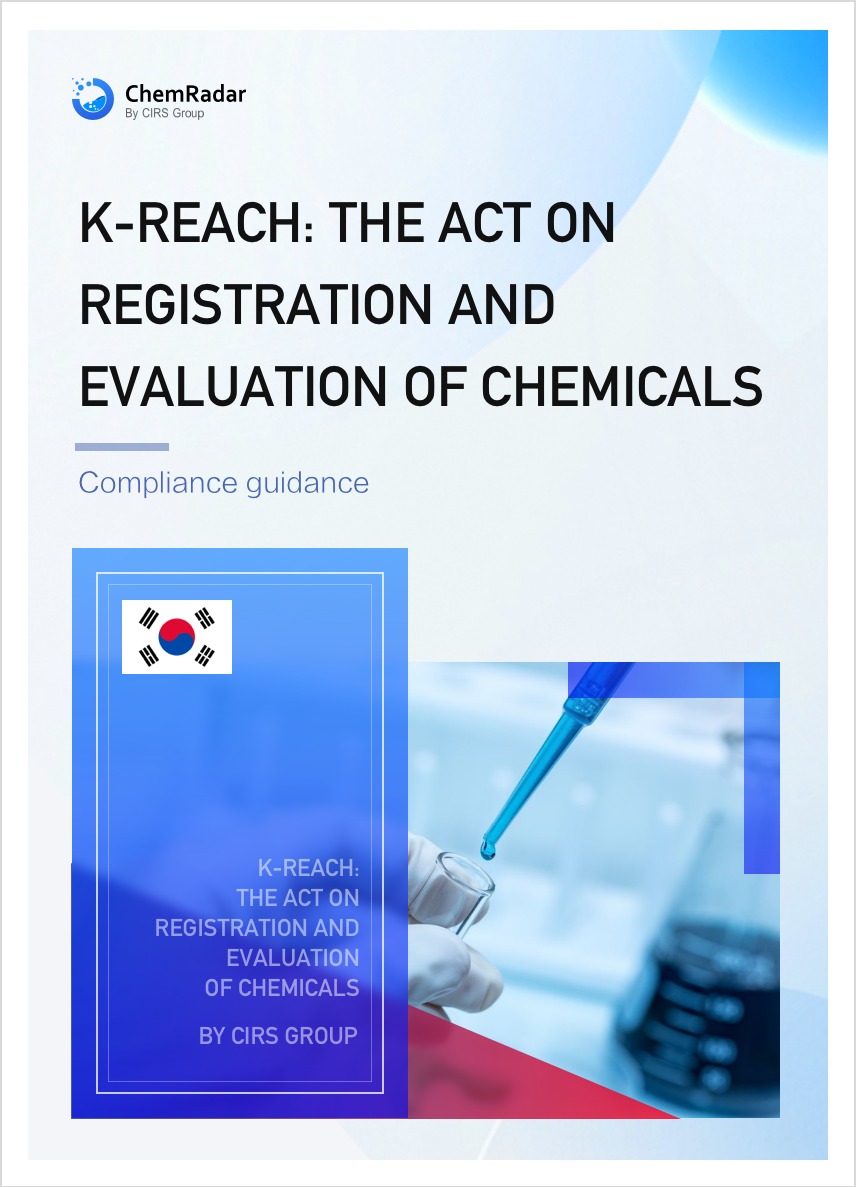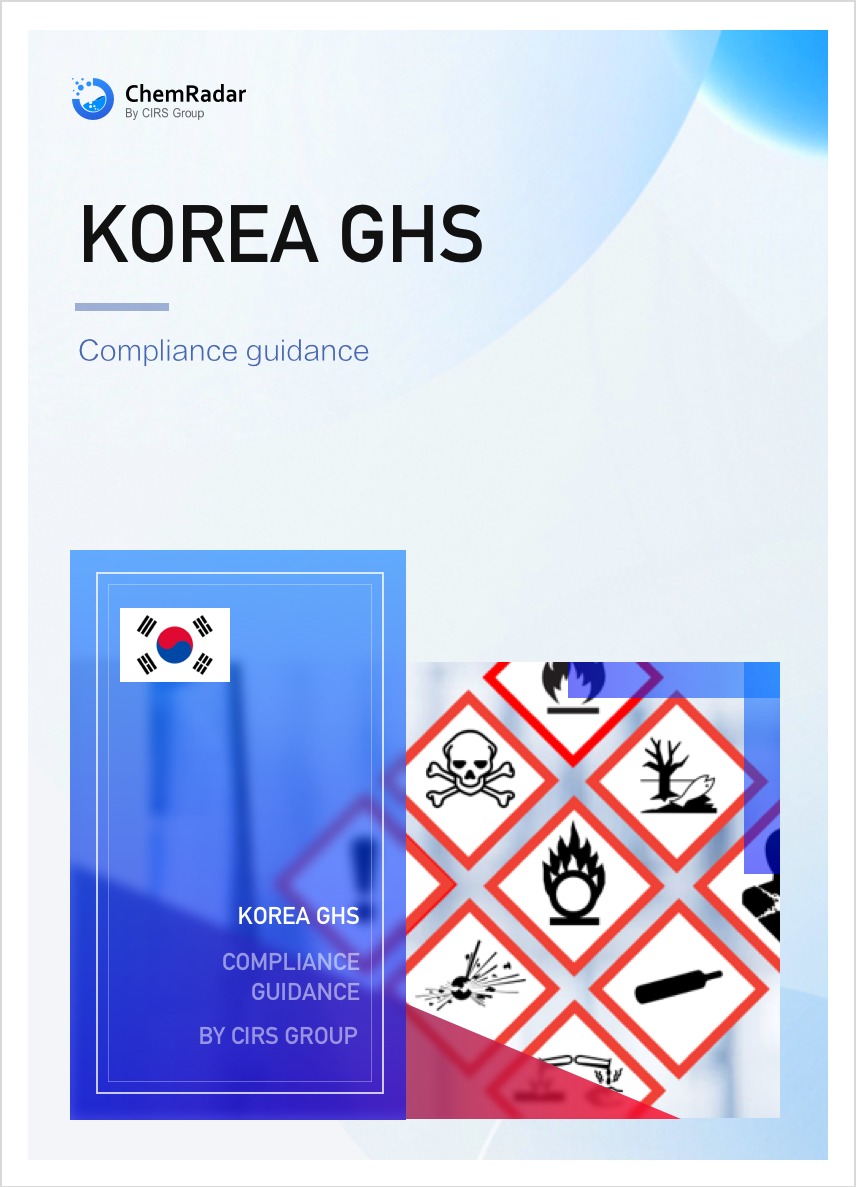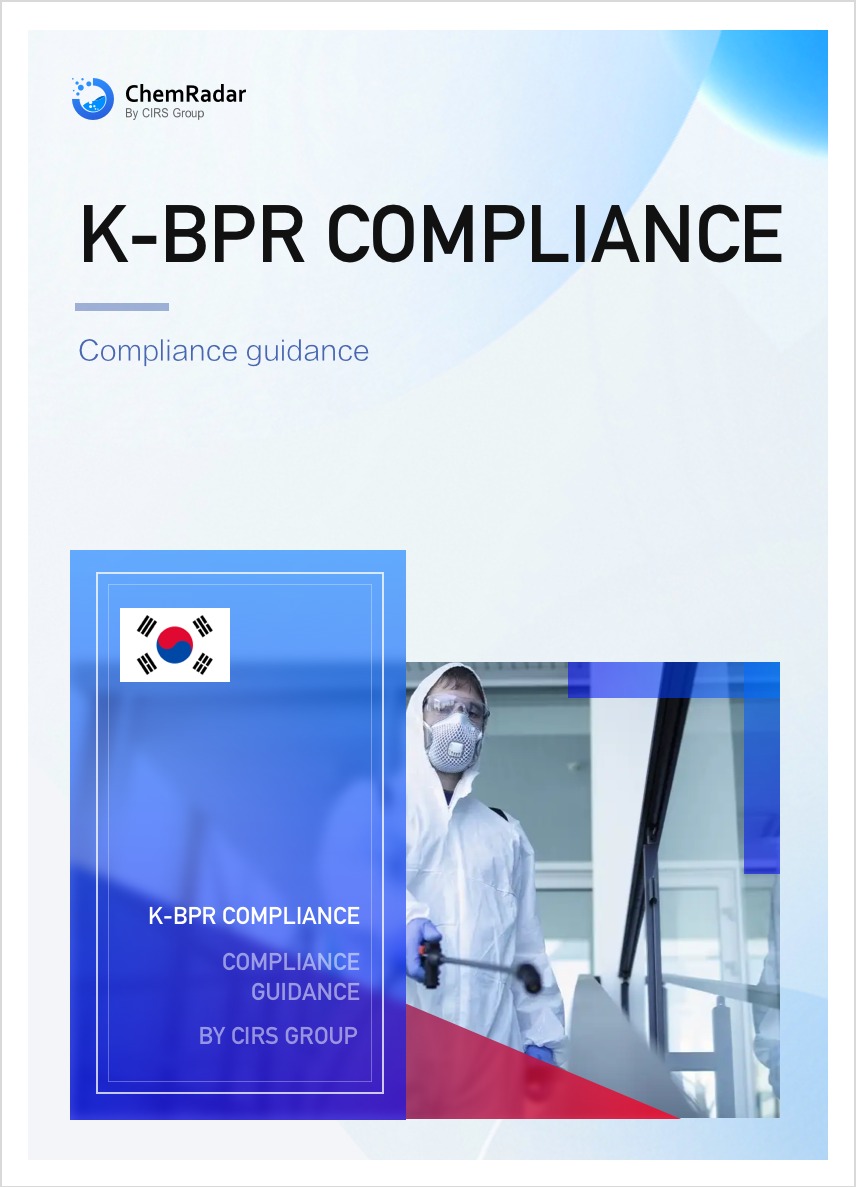On March 17, 2025, the South Korean Ministry of Environment (MoE) unveiled a draft amendment to the Designated Quantities of Toxic, Restricted, Prohibited, and Permitted Substances under the Chemical Substances Control Act and its enforcement rules, initiating a public consultation period that will run until April 11, 2025. The revisions aim to strengthen chemical safety management systems and further mitigate risks of chemical accidents.
Background
- New Requirements for Toxic Substance Management
Following the January 24, 2025, amendment to the Designated Toxic Substances Notice (Chemical Safety Administration Notice No. 2025-2), 26 new toxic substances were added. To ensure clarity for businesses submitting Chemical Accident Prevention and Management Plans, the MoE will establish designated quantity thresholds for these substances to define regulatory compliance criteria.
- Enhanced Regulation of Chrysotile
Under the December 5, 2024, amendment to the Designation of Restricted and Prohibited Substances (MoE Notice No. 2024-253), chrysotile, previously classified as a restricted substance, has been reclassified as a prohibited substance. The latest revision aligns regulatory classifications to enforce a full ban.
Key Revisions
- Designated Quantities for 26 New Toxic Substances
Entries numbered 1368 to 1393 will be added after entry 1367 in the regulation’s appendix, covering the 26 newly designated toxic substances.
Each entry specifies the substance name, unique identification number (KE NO.), CAS number, lower threshold quantity (tonnes), and upper threshold quantity (tonnes), providing quantitative standards for accident prevention planning.
- Reclassification of Chrysotile
Chrysotile (KE NO. 06-5-7) will be removed from the restricted substances list and added to the prohibited substances list under the new identifier KE NO. 06-4-27, banning its production, import, and use entirely.
Implementation and Next Steps
The amendments will take effect upon promulgation. The MoE invited public feedback via its official website, stating that all submissions will be considered in finalizing the revisions. The ministry emphasized that these changes are critical to achieving its “zero chemical accident” goal, enhancing risk management precision to safeguard public health and environmental safety.





